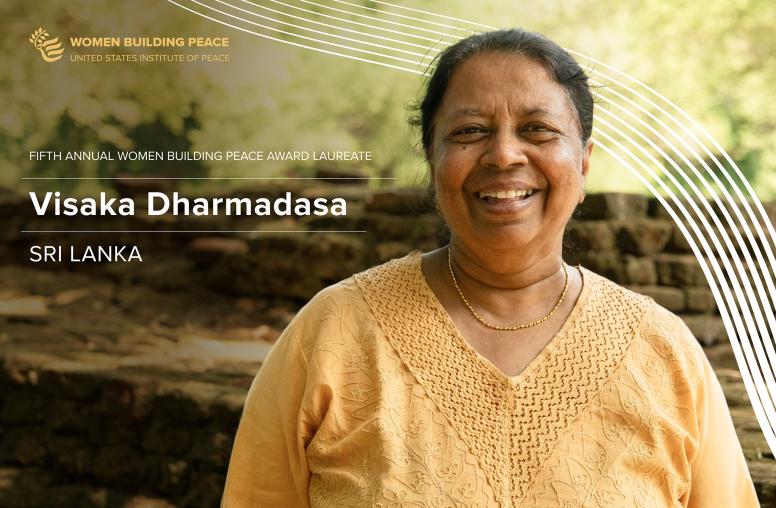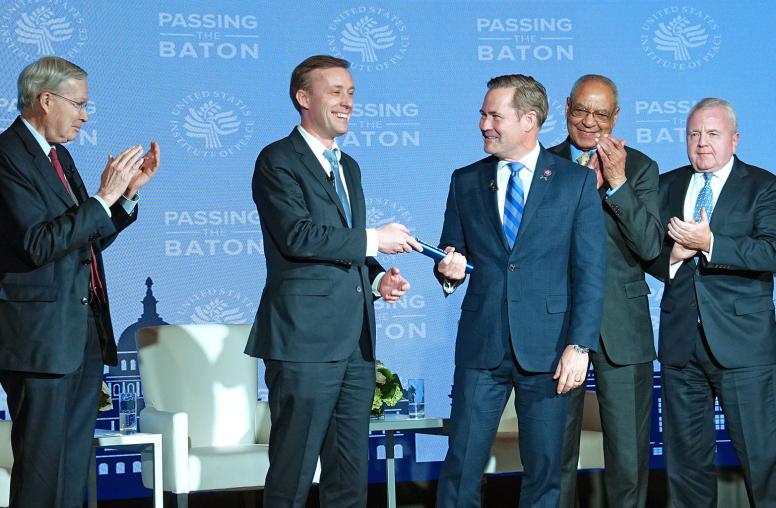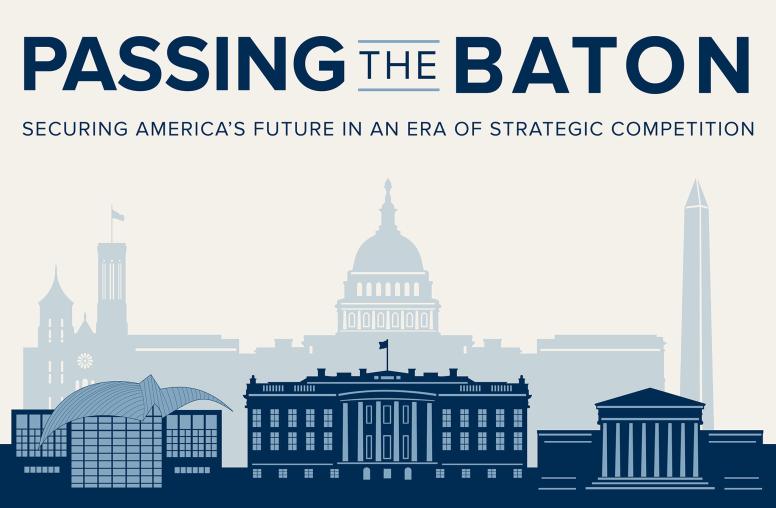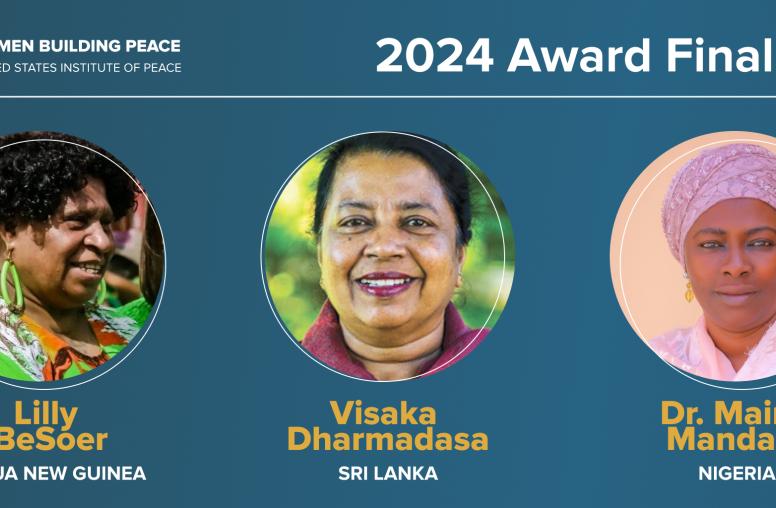New Era of U.S. Public Diplomacy Requires New Approach
Media and diplomacy conference identifies key points new administration must address as it reengages with the world.
Contact:
Lauren Sucher Dennis Palmieri
United States Institute of Peace ITVS
202-429-3822 415-356-8393 x256
(Washington, Feb. 4) Effectively communicating American values to the world is a crucial part of U.S. foreign policy, but doing so effectively will require adopting five essential but underutilized communication strategies, say the conveners of “Media as Global Diplomat”, a one-day conference held on February 3 that examined a broad array of media and communication-related aspects of U.S. public diplomacy efforts.
Media as Global Diplomat was jointly sponsored by the United States Institute of Peace (USIP) and Independent Television Service (ITVS) and moderated by Ted Koppel. Many of America’s top thinkers in public diplomacy, communication and media participated in the event.
“In recent years, America has been extraordinarily ineffective in its efforts to communicate its values and strengthen relationships with countries around the world,” says Sheldon Himelfarb, who heads the Media, Conflict and Peacebuilding Center of Innovation at USIP. “The existing strategy hasn’t worked, and we can’t expect to be successful in future efforts without a fundamental shift,” he said.
“Independent media has a critically important role to play in connecting citizens around the world,” says Tamara Gould, Vice President for Distribution at ITVS International. “The U.S. has not successfully harnessed the power of new interactive technologies, powerful authentic content, and the potential of independent filmmakers as cultural ambassadors to help improve negative attitudes about America and Americans.”
The conference conveners recommend five specific strategies that should be included in any new public diplomacy efforts that the Obama administration may consider:
-
Invest in credible voices over commissioned propaganda. The U.S. must enlist commercial and independent content providers to bring their own credible and diverse perspectives on America to increasingly sophisticated and skeptical audiences. The Summit recommends designated funding for third party content that serves the interests of public diplomacy.
-
Increase investment in educating the American public about international affairs. Cutbacks in American news coverage of international affairs undermines the vital need for a well informed citizenry. The Summit recommends reallocating some funds from official U.S. broadcasting into foreign publics to greater coverage of international affairs at home.
-
Recognize the value of local partners over official outlets. The full-service studio/station model of official broadcasting needs to be reevaluated in strategic parts of the world. The Summit recommends pursuing local partnerships with existing media companies, channels and brands to bring credible public diplomacy media to their hard-to-reach audiences.
-
Adapt to the new media landscape and enlist citizens in creating and disseminating content. The Summit recommends that the U.S. government invest in Internet media strategies that tap the public diplomacy potential of citizen-to-citizen connections.
-
Create a two-way public diplomacy media strategy. Better strategies for listening are an essential part of better international communication. The Summit recommends that the U.S. government help international media makers reach domestic audiences to ensure that America is listening—and worth listening to.
About Media as Global Diplomat
The Media as Global Diplomat conference was a jointly sponsored event that sought to take a distinctly inclusive approach to examine the debate on the future of U.S. public diplomacy. Many conferences and reports have focused on public diplomacy in recent years, but most have constrained their thinking to only a few experts in a limited number of fields.
In convening Media as Global Diplomat, USIP and ITVS broke from that approach by including participants from across the spectrum of communication, media, policy, academia, and activist communities. It sought to include sometimes disparate voices from around the world and to examine non-traditional approaches to public diplomacy in an effort to broaden the number of tools available to the U.S.
Media as Global Diplomat partnered with Global Voices, an online network of citizen journalists and bloggers around the world who write on issues important to development and security. Global Voices bloggers participated in the event in real time and posed their own questions to the panels, adding valuable perspectives that likely would have been lost.
A complete list of the conference’s agenda and speakers can be found online. A comprehensive archived video from the event will soon be available online.
About ITVS INTERNATIONAL
ITVS International is a division of the Independent Television Service that promotes an international exchange of documentary films made by independent producers, bringing international voices to U.S. audiences, and American stories to audiences abroad.
Through a unique public-private partnership called the Global Perspectives Project, ITVS International administers the International Media Development Fund (IMDF) and True Stories: Life in the USA. The IMDF funds international producers and supports the American broadcast of their programs. True Stories: Life in the USA promotes a series of American independent films to audiences around the world.
ITVS created the Global Perspectives Project in 2005 with support from The William and Flora Hewlett Foundation, the Ford Foundation, The John D. and Catherine T. MacArthur Foundation and the U.S. Department of State. More information is available online.



